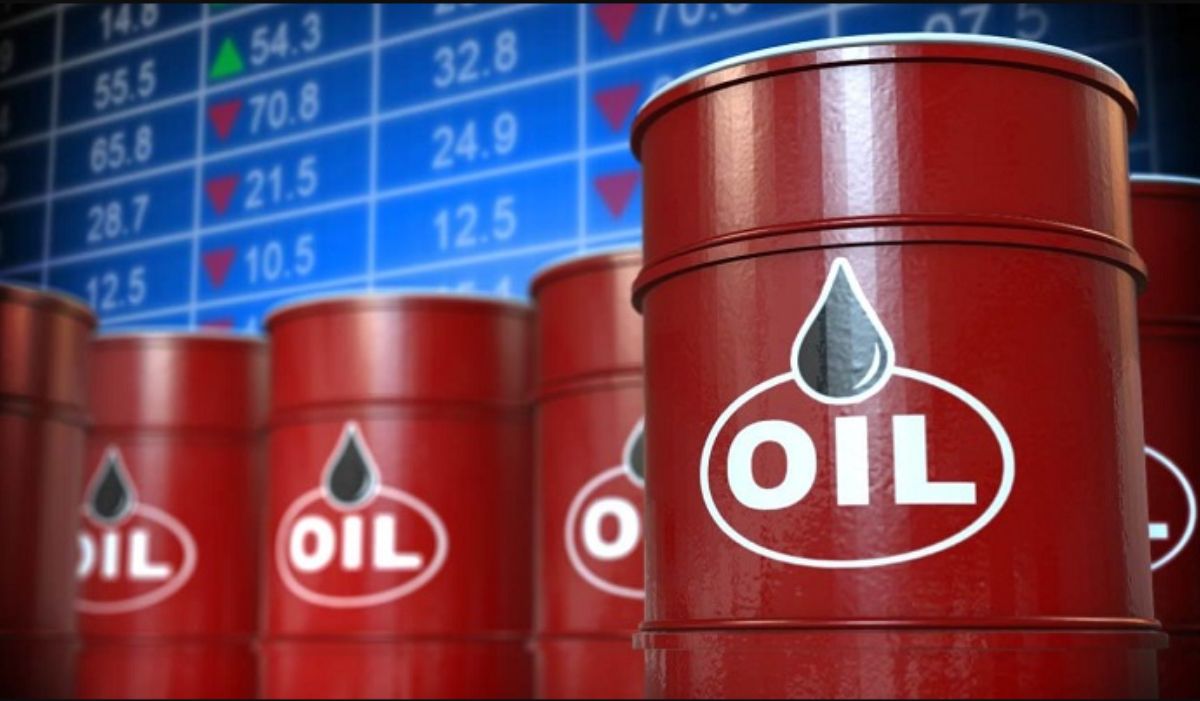Global Oil Prices Climb Amid Red Sea Conflict, U.S. Supply Outlook

Oil prices continued to rise on Wednesday, holding at their highest point since June 23.
The upward momentum was driven by fresh attacks on maritime routes in the Red Sea and revised projections showing a dip in U.S. crude production. Meanwhile, uncertainties surrounding U.S. tariff policies lingered in the backdrop.
Brent crude edged up by 10 cents to $70.25 per barrel on Wednesday morning, while U.S. West Texas Intermediate (WTI) crude gained 15 cents, reaching $68.48 per barrel, according to Reuters.
The renewed tension in the Red Sea, after a period of relative calm, has been linked to recent assaults on commercial vessels. Sources have attributed the attacks to the Houthi militia in Yemen, which maintains ties with Iran. One of the incidents led to the sinking of a cargo ship and the loss of at least four crew members. A rescue mission was ongoing, though the Houthis have not acknowledged responsibility.
Additional support for oil prices came from Tuesday’s Energy Information Administration (EIA) report, which lowered its 2025 oil output forecast for the U.S., citing reduced drilling activity due to falling oil prices.
In a related development, U.S. President Donald Trump revealed plans to impose a 50% tariff on copper—a strategic move aimed at enhancing domestic production of the metal, which is vital for electric vehicles and infrastructure. The announcement came alongside a postponement of some tariff decisions until August 1, keeping trade partners on edge and companies uncertain about future costs.
Although concerns remain over the potential dampening impact of tariffs on oil demand, recent trends in the U.S. suggest otherwise. The Independence Day holiday period saw robust travel activity, and preliminary data indicated a crude inventory build of approximately 7.1 million barrels.
According to analysts at oil brokerage PVM, “the idea of ample future supply must give way to short-term considerations,” given the uptick in fuel consumption and conflict in key transport routes.
The EIA is expected to release official inventory figures Wednesday afternoon.
Separately, OPEC+ is on track for a significant production increase in September, including the unwinding of voluntary cuts by eight members and an expansion of the UAE’s quota. Sources revealed the group had earlier approved a supply hike of 548,000 barrels per day for August.
“Oil prices have stayed surprisingly resilient in the face of accelerated OPEC+ supply additions,” noted Suvro Sarkar, lead energy analyst at DBS Bank.
UAE Energy Minister Suhail al-Mazrouei also remarked, “You can see that even with the increases for several months, we haven’t seen a major buildup in inventories, which means the market needed those barrels.”





